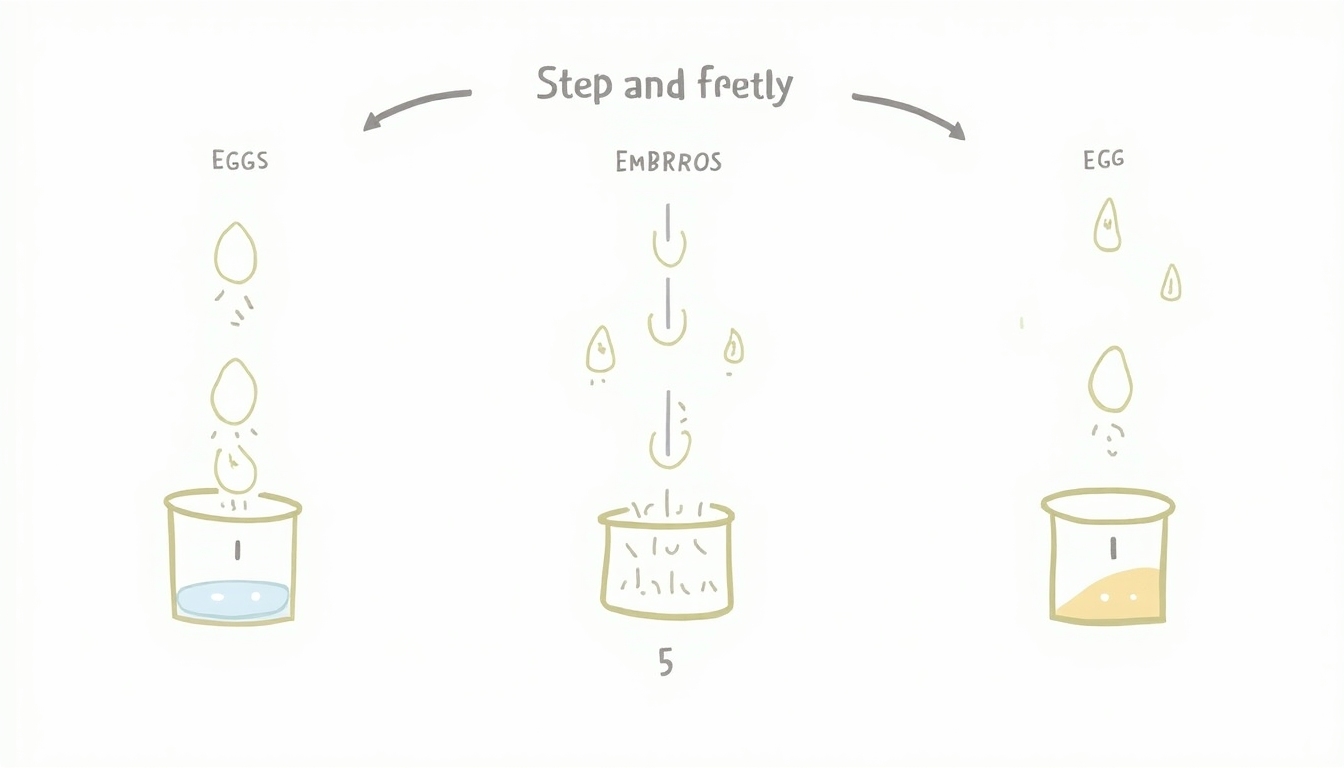Mastering Fertility Preservation with Endometriosis: Success at Your Fingertips
Nov. 29, 2024, 3:23 a.m.
Understanding Fertility Preservation in Endometriosis
The success rates of fertility preservation in endometriosis patients can be a crucial topic for those affected. This article examines how patients with endometriosis can explore fertility preservation options effectively.
A Personal Journey
Sarah, a 30-year-old woman, faced infertility due to endometriosis. Her decision to pursue fertility preservation transformed her outlook, offering hope and peace. Like many, Sarah was unaware of the possibilities until she consulted a fertility specialist who guided her through the options and expected success rates. Her story illustrates that while endometriosis challenges fertility, proactive measures can change lives.

The Reality of Endometriosis and Infertility
Endometriosis affects a significant global population, where tissue similar to the lining found inside the uterus starts growing outside, leading to pain and infertility. Many don't realize the complexity of treating infertility, making fertility preservation a vital pathway.
Why Consider Fertility Preservation?
- Time: Endometriosis can rapidly progress, and fertility may decline faster than anticipated.
- Health: Future plans might include surgery or treatment that could impact reproductive capabilities.
- Options: Preservation opens doors to using assisted reproductive technologies (ART), like in vitro fertilization (IVF) later.
Techniques and Success Rates
Fertility preservation for endometriosis typically involves options like egg or embryo freezing. These methods allow individuals to store genetic material at a potentially more fertile age and utilize it when ready. Understanding the success rates is integral:
| Method | Success Rate % (Approx.) | Ideal Candidates |
|---|---|---|
| Egg Freezing | 20-40% success per cycle | Women under 35, freezing eggs early improves outcomes. |
| Embryo Freezing | 40-60% success per cycle | Those with partners, as combining eggs and sperm enhances success. |
Success rates are influenced by age, overall health, and the extent of endometriosis damage.

Expert Insights and Recommendations
Dr. Emily James, an expert in reproductive endocrinology, emphasizes personalized care. "Each patient presents unique challenges. Understanding individual cases allows for tailored fertility preservation strategies that maximize success," she explains.
Insights for Patients
-
Consult Early: Early medical advice increases the scope of successful preservation.
-
Explore Options: Don't limit yourself; consider all reproductive options available.
-
Stay Informed: Being up-to-date with current advancements in fertility treatments empowers decisions.
Through Dr. James’ approach, countless patients navigate their fertility preservation journeys with knowledge and confidence.

The Emotional Aspect
Battling infertility due to endometriosis can be emotionally taxing. Support systems, be it family, friends, or support groups, provide essential emotional strength.
Building a Support Network
- Family and Friends: Sharing your journey helps create understanding and offers emotional outlets.
- Online Communities: Forums and online groups connect you with others who share similar experiences.
These networks can be sources of inspiration and practical advice during treatment.

Concluding Thoughts
Fertility preservation offers hope for many facing infertility due to endometriosis. While the path isn't always easy, informed choices pave the way for potential success. Remember, you are not alone, and expert help is at hand to guide through each step.
With persistence and the right support, achieving your dreams of building a family is entirely possible.
For more detailed insights, consider reading further on the topic. Explore additional resources that delve deeper into managing endometriosis-related infertility.